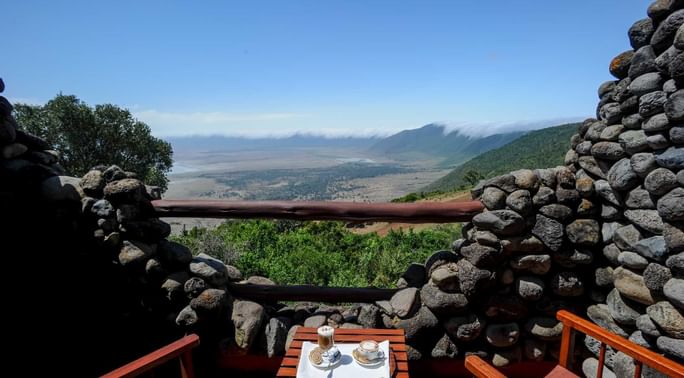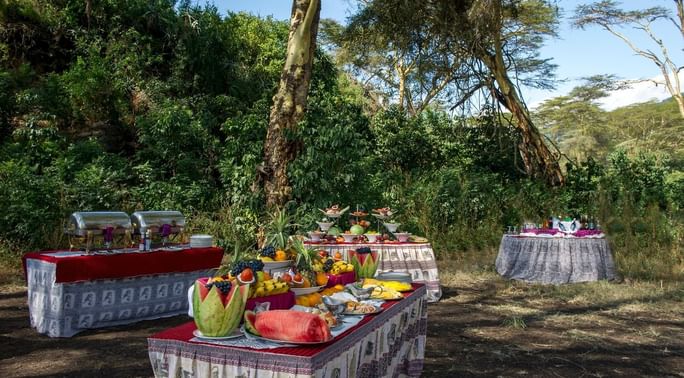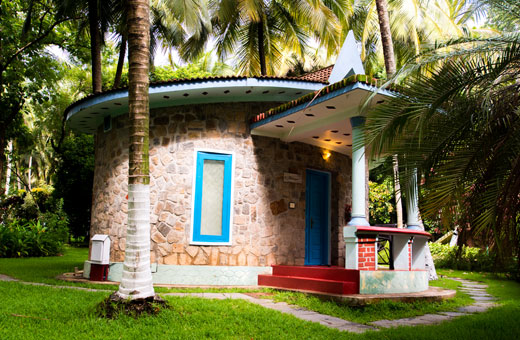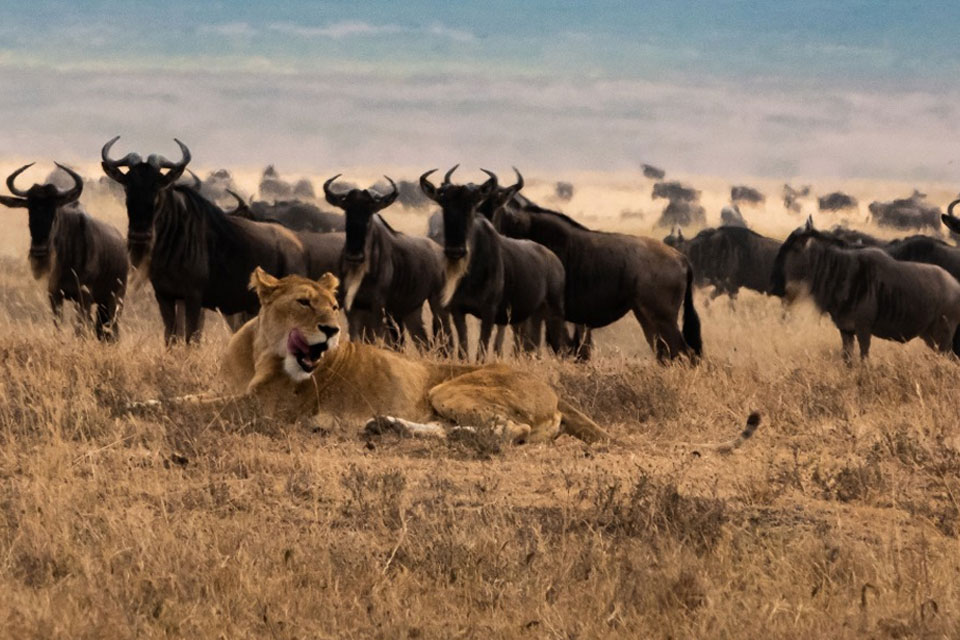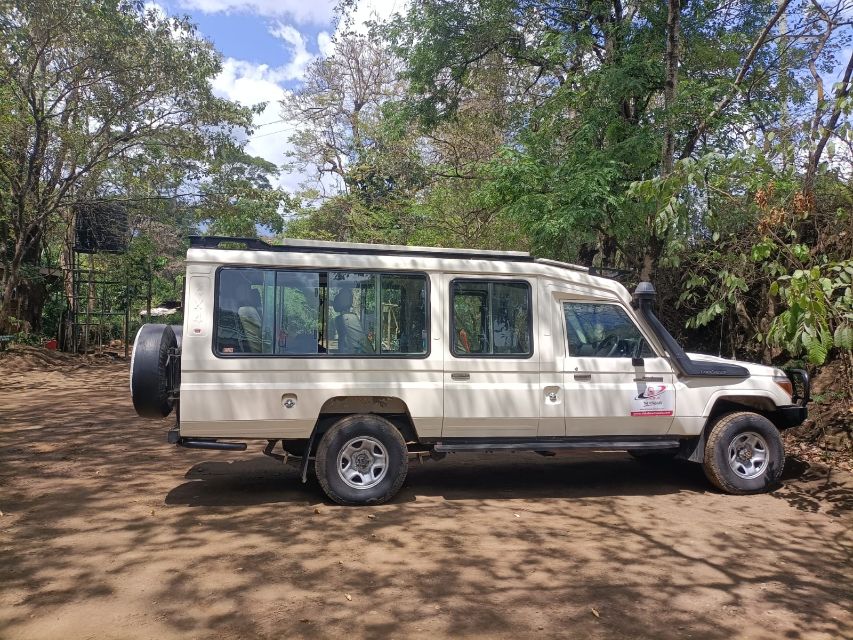It’s a sight to behold, the sheer number of animals moving together as far as your eye can see, across the plains of Serengeti. As all seasoned travelers know that with the ongoing climate change issues and uncertainty of the rainfalls in East Africa, the migration pattern can be a bit hard to predict. Currently the migration is in Central Serengeti on its way to the West and the animals at the centre of this migration are the wildebeest, 1.5 million of them, who are heading that way in search of fresh grass. Together with the Zebra, they become prey of the predators like the crocodiles who lie in wait for them later in the year as they cross the Grumeti River and Mara River. The other predators like the lion, cheetah, leopard and hyena will also have a feast of their own.

The migration is a year-long cycle determined by the wildebeest’s quest for new grass and this is in turn determined by the rains in Serengeti and Masai Mara. Because this is a natural occurrence, the migration patterns change from year to year in both time and location as this amazing spectacle makes its way around in a clockwise direction around Serengeti and Mara.
At the same time, don’t forget that there is a lot of resident game around the Park so during the migration, you will also see other wildlife and while the herds move away from their areas of choice at a particular time of the year, other resident wildlife continue their lives as if nothing spectacular happened.
The guide below is a general description of where the migration may be at any given time of the year but the wildebeest are not the most predictable of animals and their movement is dependent upon the rain as the herds search for new grass. It’s a challenge to say where one should stay to get the best views, but history dictates their movement a certain way during certain times of the year so it’s best to check with your travel agent to see what the herds are currently up to and plan your trip in such a way that you will at least catch some of the migration if not all of it.
The short rains begin in early November and in late November and December, the herds arrive on the short grass plains of the Serengeti in the south and east of Seronera around Ndutu and north of Ngorongoro Conservation Area. They will linger around here in split herds as far as the eye can see, through January, February and March with most wildebeest calves born during the short window around February. Gradually they spread west across these plains and around April, they start their great migration to the north.
By May, the Serengeti’s wildebeest all seem to be moving north to seek fresh grazing and water. The area around Moru Kopjes and west of Seronera is a sight to see with huge columns of perhaps thousands of animals including zebra and a scattering of Thompson’s and Grant’s gazelles. The predators are not far behind, following these herds for easy meals.
While some of the migration heads north, most head further west and around June the migration is often halted on the south side of the Grumeti River. The wildebeest seem to congregate here in the Western Corridor, often building up to a high density before crossing the river. The river here is normally a series of pools and channels, not continuous and represent an annual feast for the Grumeti River’s large crocodiles.
The wildebeest migration continues moving north during July and August, often spreading out across a broad front – some heading through Grumeti and Ikorongo, others north through the heart of the Serengeti National Park.
From August through to October the herds are in the Northern Serengeti at Kogatende as well as in Kenya’s Masai Mara. Given that the herds are simply following local rainfall, some move north, some move south and many move in both directions in the same day. They move almost in a circular fashion during these months.
In late October and November the herds start their migration south towards the fertile lands of the Ndutu plains where the rains will have rejuvenated the grasses. During this time the herds move vast distances every day and may be difficult to catch the herds.
But by the beginning of December, Ndutu starts seeing the herds return to calve, and for the whole process to start all over again.


